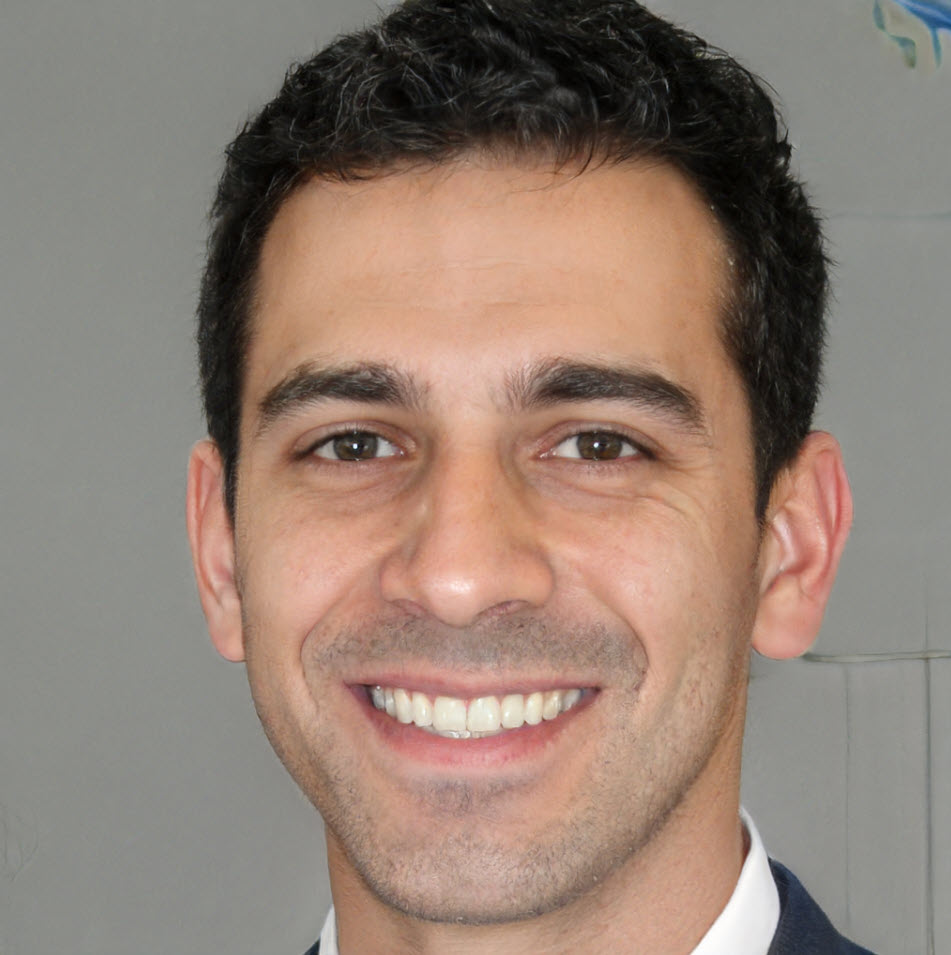Turkey's navy sixth-Gen fihter jets technology is cooming
88,363 View
Share this Video
- Publish Date:
- 25 September, 2022
- Category:
- Drone Tech
- Video License
- Standard License
- Imported From:
- Youtube
Tags
Early next year. the company is set to carry out the first test flight of its most ambitious project, the Kizilelma, an unmanned. jet-powered, supersonic aircraft that will incorporate stealth features, making it extremely hard to detect by radars.
While Türkiye’s 5th generation aircraft tentatively named TF-X is a major milestone in the manned fighter jet category, Bayraktar Kizilelma is another technological marvel. and setting the bar even higher in the unmanned aircraft sector. Its stealth features. 1500+ kg payload capacity, 0.9 Mach speed, for the first type called Kizilelma-A, and turbo-prop engines differentiate it from other drones. Türkiye-based defence analyst, Muhammad Walid argues that. Bayraktar Kizilelma could potentially take over the duties of US-made F-16, and pose a great threat to enemy’s fighters.
Instead of buying another F-16. Türkiye can purchase as many as four Kizilelma drones, for the same and drive them into enemy’s airspace, Walid says. Beside, he says. the Kizilelma’s stealth features and ability to fly at the height of 55000 feet. will give it air superiority and enable it to operate deep inside enemy territory.
The first prototype of Kizilelma was exhibited recently at Teknofest, one of the world's largest aerospace and technology festivals in Türkiye's northern province of Samsun.
Giving details about the new jet, Selcuk Bayraktar said that. the Kizilelma’s uniqueness lies in its cutting-edge technology that will make the aircraft as powerful as some of the best in the business.
The Kizilelma’s specs could make the fighter a 6th generation jet, leapfrogging it over 4th generation fighters, like F-16. F-15, Rafale, Gripen, SU-35, and the Eurofighter, and the 5th generation fighters like F-35. SU-57, and J-20. Walid argues that. it will be even beyond a 6th generation aircraft.
He adds that Kizilelma’s twin engines, or a larger single engine, will bring the drone to the level of a conventional jet in terms of power generation. This means that with already available specs. and to-be added ones. it will be a 6th generation aircraft when larger powerhouses are mounted.
Therefore. Baykar Technology seems to have undertaken the mission of bringing the Turkish aircraft industry to the level of developed countries, or maybe even one step ahead of them. The experts say this is an achievable goal when the Kizilelma is compared with competing UCAV.
For example. the British defence company BAE Systems developed a few types of UCAV. but was only successful in flying the Taranis model. Although Taranis took to the skies for the first time in 2013, there has only been one prototype produced, and it will enter service after the year 2030.
Long before any other nation. US businesses started to create UCAVs with jet engines, but they do not currently have any operational combat drones with the same specs as Kizilelma. The Northrop Grumman X47 drone, which comes in three variations, A, B, and C, was the most noticeable model. Although the X47-A programme was terminated in 2006. it was replaced by X47-B, and then X47-C. There are just two X47-B drones designed for demonstration purposes out of all the variations. and The future of the programme has not yet been decided.
Boeing also entered the contest with its Phantom Ray, and MQ-28 unmanned vehicles. but only the latter is expected to enter service after 2025, thanks to the collaboration with the Australian army.
France. Greece, Italy, Spain, Sweden, and Switzerland are involved with French company Dassault’s nEUROn project. to gain experience in designing and building high-end UCAV. Another company EADS, owner of Airbus. brought Germany and Spain together to build the Barracuda drone.
Both nEUROn and Barracuda, have been developed for post-4th generation jets. but the process seems to be moving quite slowly. On the other hand. Russia has got into competition with the Suhkoi S-70 Okhotnik-B, which will reportedly have an 8000 kg payload capacity. But given that the Russian army buys low-tech Iranian UCAVs due to the Russia-made variants bad performance, starting from a higher phase is hardly possible.
Drones similar to Kizilelma have not yet been introduced in other nations with established reputations in the UCAV industry, such as Israel and China.
By all indications. Baykar will likely begin serial production before others. which will result in more experience. more technological expertise, cheaper prices, a larger market share, and enable Türkiye to catch up to other nations at the sixth-generation phase.












